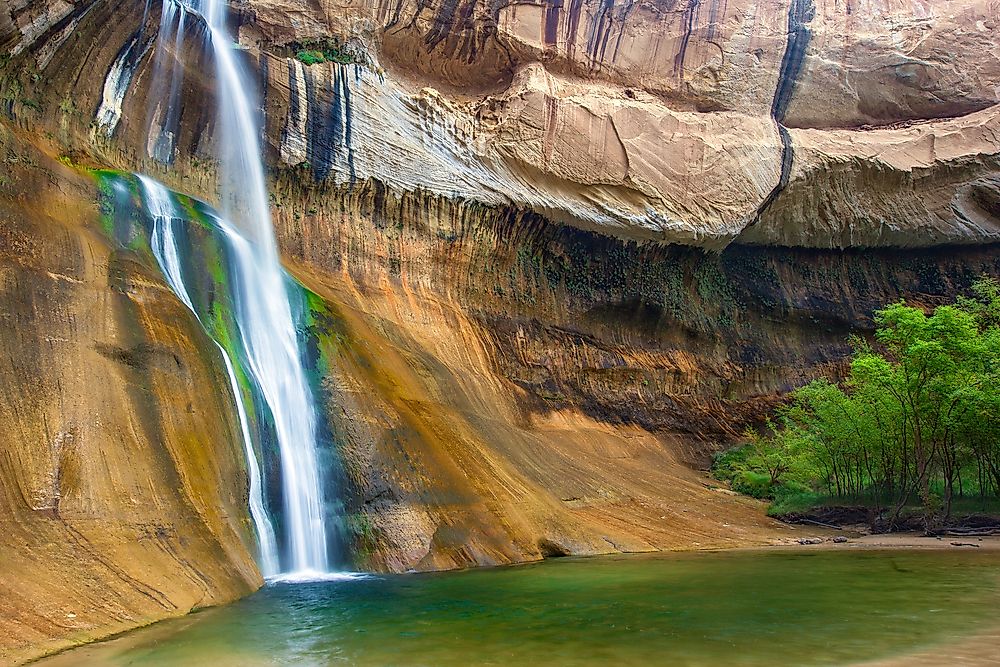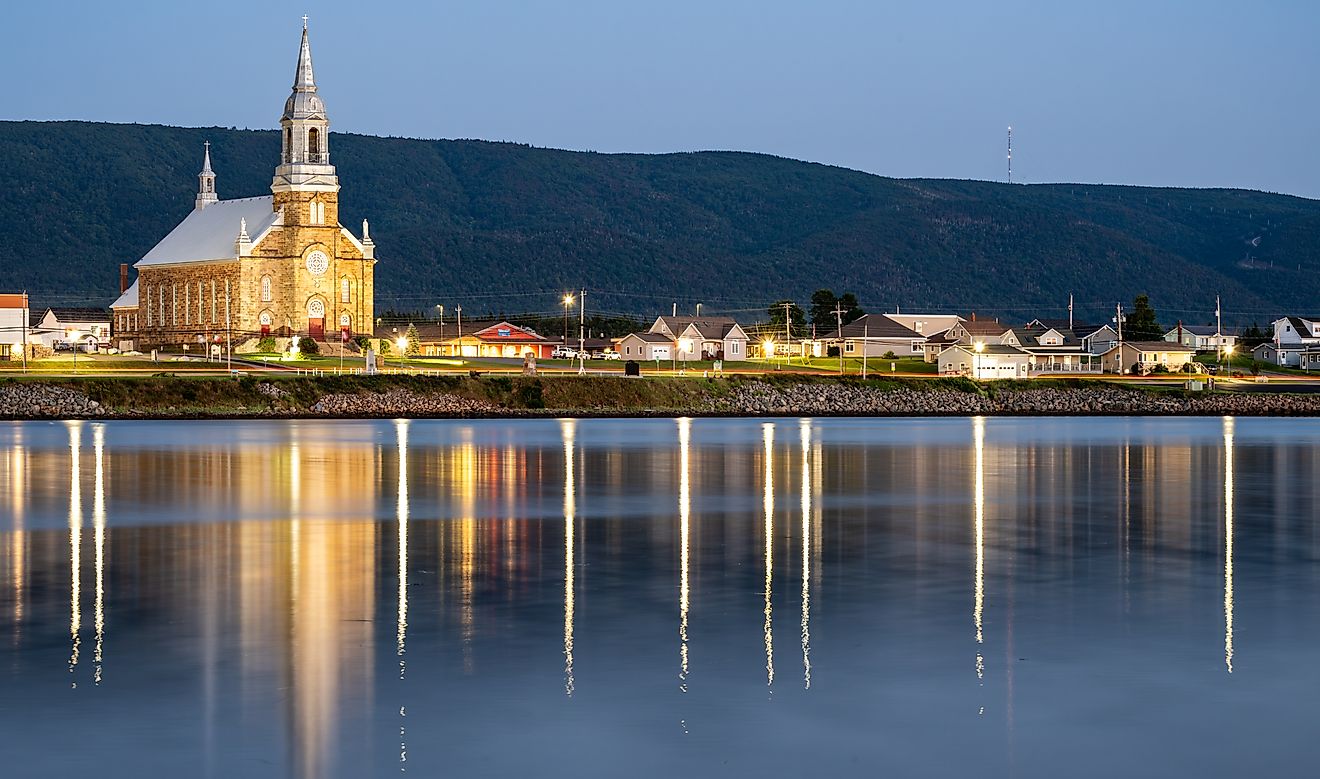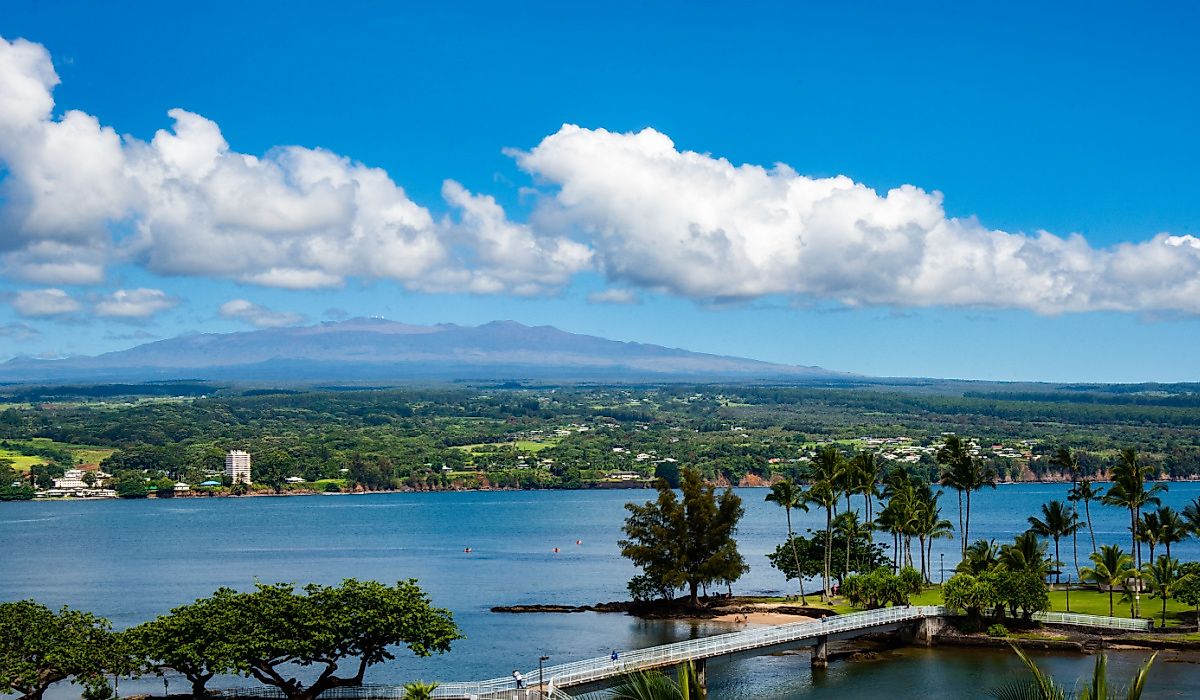Grand Staircase-Escalante National Monument - Unique Places in North America

Preserving about 760,996 ha of land in the southern region of the US state of Utah is a US National Monument known as the Grand Staircase –Escalante National Monument. It was created in 1996 and managed by Bureau of Land Management (BLM).
Three major regions make up the Grand Staircase-Escalante National Monument: the Canyons of the Escalate, the Kaiparowits Plateau, and the Grand Staircase. The Bureau of Land Management manages all the three regions as part of National Landscape Conservation System. The area was designated in 1996 by President Bill Clinton, as a national monument, using his authority under the Antiquities Act. The Grand Staircase-Escalante surrounds the largest land area of all the national monuments in the US and covers an area of 760,996 ha.
Dinosaur Fossils in the Grand Staircase-Escalante National Monument
As of the year 2000, many dinosaur fossils have been found in the area dating back more than 75 million years ago. A volunteer who was working at the monument came across a dinosaur fossil that was 75 million years old close to the border with Arizona, in 2002. In 2007, the Utah Geological Survey introduced two ‘horned’ (ceratopsid) dinosaurs which were also discovered at the Grand Staircase-Escalante Monument. It was at the Wahweap formation that the two fossils were discovered in 2001 and 2002 dating back about 80 and 81 million years ago. A different species was later discovered in 2013, (Lythronax argestes), which is a tyrannosaur and is believed to have been about 13 million years older than the Tyrannosaurus. The Lythronax argestes is on display at the Natural History Museum of Utah.
The vast and varied landscape of the Grand Staircase Escalante offers both visitors and scientists’ unparalleled opportunities to experience the awe-inspiring effects of millions of years of geological history. Visitor centers are found in Kanab, Big Water, Cannonville, and Escalante. Numerous people visit the region for various reasons including camping, mountain biking, hiking and taking ATV tours just to mention a few.
What Kind of Plants and Animals Live in the Monument?
Grand staircase is found within an area that is dry and arid, though some small streams support the flora and some hardy shrubs, there is also the Paria River. Approximately 84% of the flora in Utah is found within the Grand Staircase, and the isolation of the region has helped to protect flora and fauna in their original form, although some are endangered and threatened. There are about 125 species of plants in Grand staircase, and there are also 800 species of flora, 200 species of birds and 22 raptors. The area within the Grand Staircase National Monument supports a broad range of flora and fauna. There are approximately 300 species of reptiles, birds, amphibians and about 30 species of mammals. Some of these animals include Pronghorn Coyotes, desert bighorn sheep mountain lions, Beaver gray foxes, rabbits, porcupine skunk, rodent bobcats, mule deer black bear, and Elk cliff chipmunk. Some of the reptiles and amphibians include the California king snake, desert tortoise thought to have lived on earth for 67 million years, rattlesnakes, red-spotted toad, and tiger salamander among others.
Threats
The most significant threat to the Grand Staircase-Escalante National monument is the current attempt to reduce its size. On December 4th, 2017, President Trump gave orders that the size of the monument be reduced by nearly 50%, while the remainder of the Grand Staircase-Escalante would be broken up into three separate regions. Conservation groups, as well as outdoor recreation, hunting, and angling organization, have moved to court to block any action that would result in the reduction of the monument. The various groups have argued that according to the US Constitution, President Trump has no legal authority to materially reduce the size of any national monument in the country. If the President succeeds in his move to reduce the monument, then fossils dating back millions of years will be under threat.











